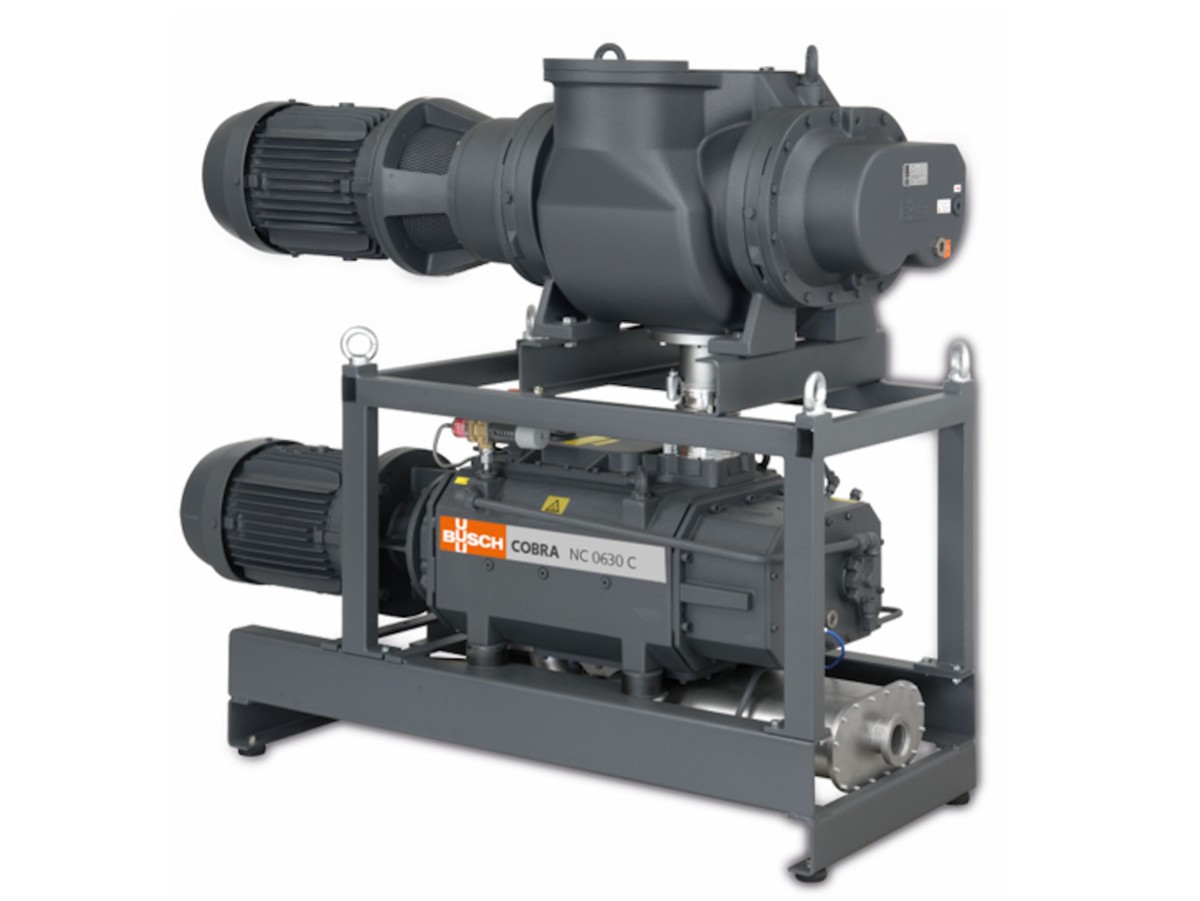
Fig. 1: Vacuum systems with screw vacuum pumps and vacuum boosters are the ideal vacuum generators for many industrial cannabinoids extraction processes. Source: Busch Vacuum Solutions.
Vacuum Technology in the Extraction of Cannabinoids
Cannabinoids for medical applications
Cannabis plants consist of a variety of cannabinoids, terpenes, flavonoids and other substances. The psychoactive cannabinoid THC can be used for the treatment of allergies, pain therapy, anxiety and eating disorders or also in cancer therapy. The cannabinoid CBD promotes nervous system response, is analgesic and anti-inflammatory. CBD is also used in food and cosmetics. In addition to these two active ingredients, other products can be obtained from the hemp plant, such as saturated fatty acids, beta-carotene, omega-3 fatty acids and vitamin E.
The extraction of the active ingredients THC and CBD involves various processes (Fig. 2). Some of them run under vacuum in order to enable the most effective and efficient manufacturing of these active ingredients. The individual processes are described below.
-
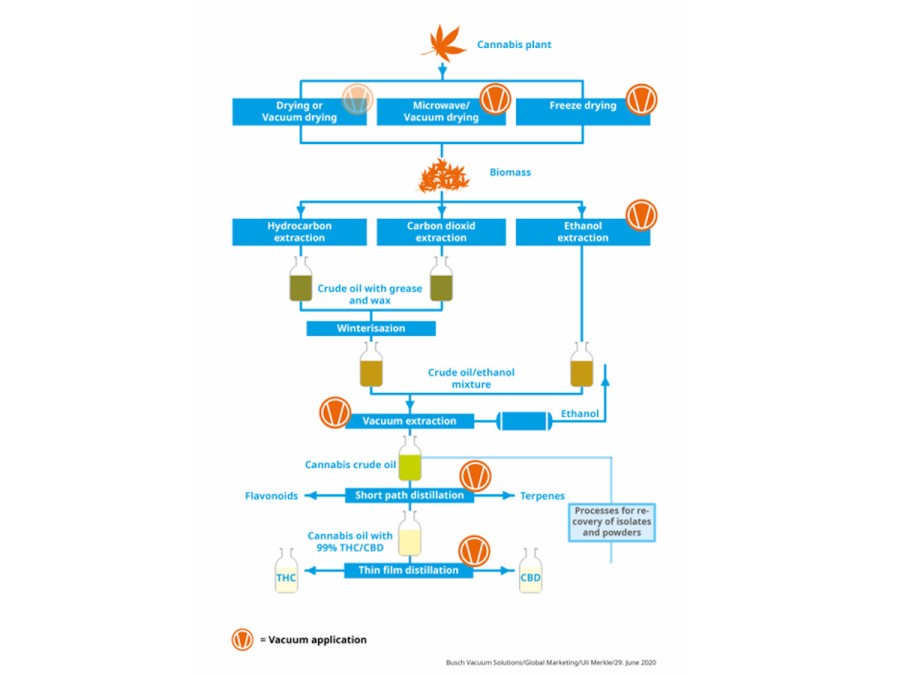
Fig. 2: The process steps for obtaining CBD and THC. Source: Busch Vacuum Solutions.
Freeze drying
Freeze drying has become prevalent in the industrial drying of harvested cannabis plants. It enables fast, yet gentle drying of plants or plant parts that consist of 80 percent water. Freeze drying is based on the physical process of sublimation: Water passes under vacuum directly from a solid, frozen state to a gaseous state – the ice evaporates. The cannabis plants or their components are first deep-frozen at normal pressure. They are then subjected to a vacuum in which frozen water sublimates from the product, thus becoming gaseous. This allows the water to be suctioned off as vapor without heating it. This means that the substances are not negatively affected either by excessively high temperatures or by a long drying period. The correct use of vacuum technology is important for this drying process. Normally, depending on the plant, absolute pressures of 0.001 to 0.5 millibar are used for freeze drying.Another drying methode is microwave assisted drying. This procedure is faster as freeze drying. The pressure level is in a rough vacuum range from 10 to 400 mbar.
Extraction
During extraction, cannabis oil is obtained from the dried plant parts – the so-called biomass. Cannabis oil is an extract from the cannabis plant that, unprocessed, contains a variety of cannabinoids. The most desired ones are CBD and THC, which account for between 60 and 80 percent. Furthermore, cannabis oil contains essential oils (terpenes), flavonoids, lipids, waxes and grease. The composition of this raw oil depends on the plant itself or on the components used, the extraction method chosen and parameters such as temperature, pressure conditions and time. Hydrocarbon and carbon dioxide extraction were initially the most common methods of extracting oil from the cannabis plant, and both extraction processes require subsequent winterization. The crude oil is mixed with ethanol, cooled to -40° Celsius and subjected to cold filtration. This removes waxes and grease from the oil.
Ethanol extraction
Ethanol extraction has now become established in the industrial processing of the cannabis plant. This procedure combines the high efficiency of hydrocarbon extraction with the high level of safety of carbon dioxide extraction. There is also no need for winterization. Since ethanol is a very effective solvent that also extracts undesirable substances from the biomass, extraction is carried out with supercooled (cryogenic) ethanol and under vacuum at absolute pressures of 0.001 to 1 mbar (Fig. 3). The desired extraction properties are thus achieved.The intermediate product of the extraction is always a mixture of cannabis oil and ethanol.
-
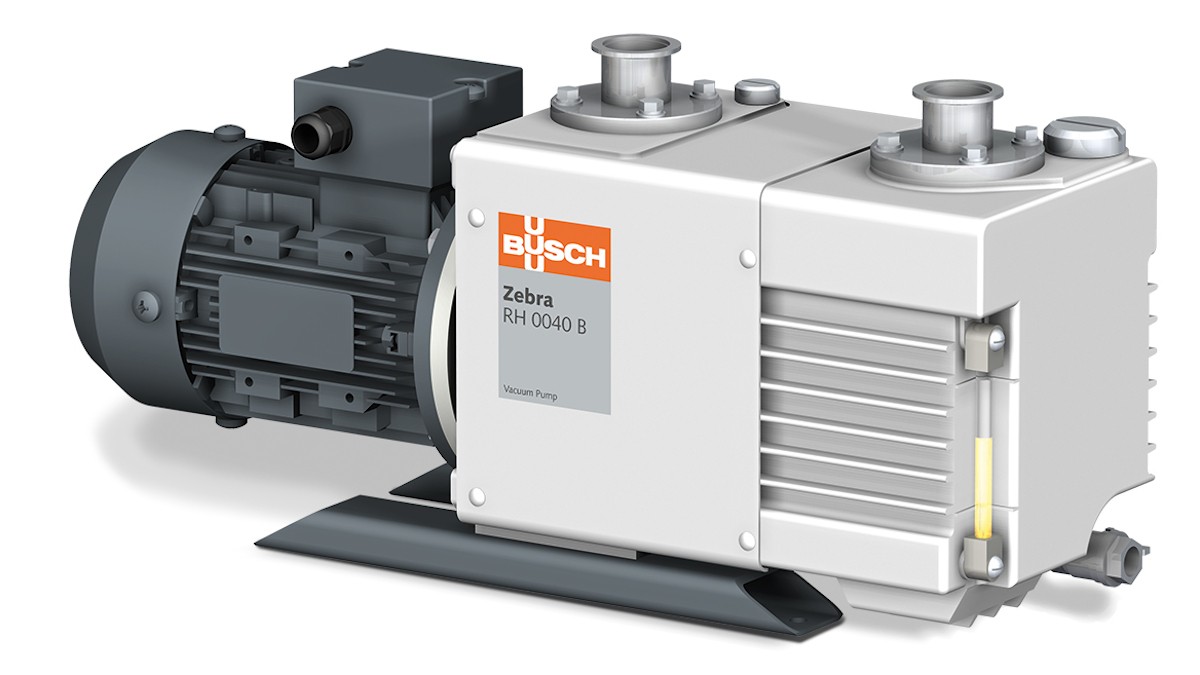
Fig. 3a: Two-stage rotary vane vacuum pumps and scroll vacuum pumps are often used for freeze drying, ethanol extraction, short path and thin film distillation in laboratories and for processing smaller quantities. Source: Busch Vacuum Solutions.
-
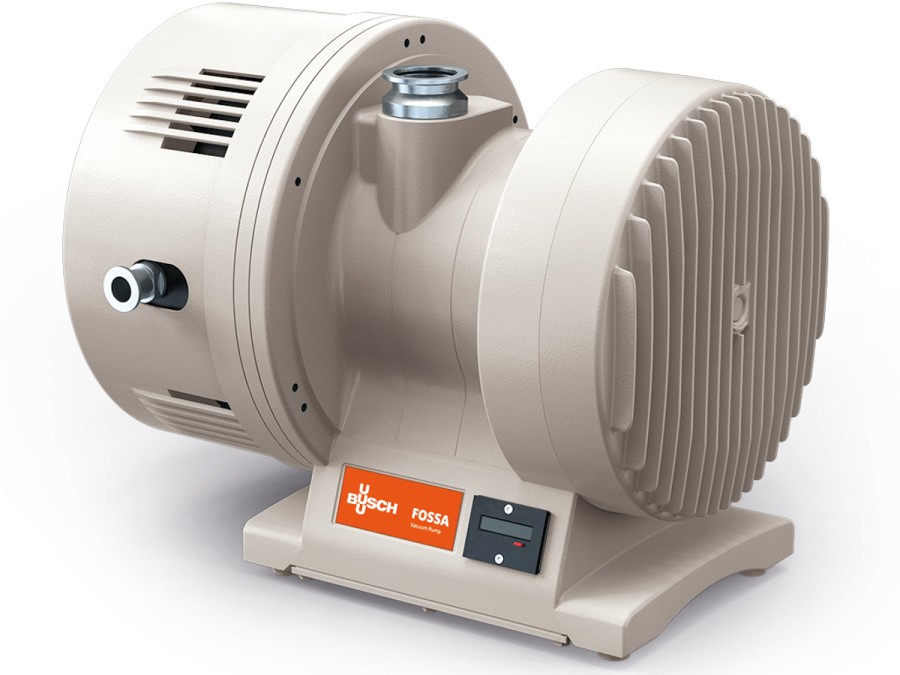
Fig. 3b: Two-stage rotary vane vacuum pumps and scroll vacuum pumps are often used for freeze drying, ethanol extraction, short path and thin film distillation in laboratories and for processing smaller quantities. Source: Busch Vacuum Solutions.
Vacuum evaporation
The cannabis oil/ethanol mixture is then fed into an evaporation process to remove the ethanol it contains. Due to ethanol's low boiling point, this can be done in lab or pilot scale processes in a rotary evaporator at room temperature or modest heat addition and a rough vacuum of 50 t0 100 mbar. Liquid ring vacuum pumps operated with ethanol as operating fluid can be used for this. The ethanol can be liquefied again via a condenser and fed into the cycle. For industrial scale operation, thin or wipe film evaporators can be used to efficiently remove the bulk of the solvent producing the crude oil, working on a higher vacuum level. After vacuum evaporation, the crude oil with a THC/CBD concentration of 60 to 80 percent is obtained.
Distillation
As well as the cannabinoids, the cannabis crude oil also contains terpenes as aromatic oils and flavonoids as bioactive flavor carriers. They need to be separated in a distillation process. One of the most commonly used and most efficient distillation process is the so-called short path distillation. This involves taking the different boiling points of the individual components of the oil under certain temperatures and pressures into account for the separation. While THC begins to evaporate at an atmospheric pressure of 157° Celsius, CBD evaporates at 160 to 180° Celsius. Individual terpenes and flavonoids have lower boiling points. By carrying out the distillation under vacuum, it allows for the reduction of the temperatures required to boil the various cannabinoids. Short path distillation works with a vacuum level of 0.001 to 1 mbar (Fig. 3). The oil is slowly heated and the vacuum level is adjusted so that terpenes and flavonoids evaporate selectively and can be obtained by condensation. What remains as concentrate is a liquid containing the cannabinoids THC and CBD in a purity of 99 percent. In a second distillation step, the THC is separated from the CBD in a thin film evaporator. Thin film evaporators operate similarly to short path distillators with vacuum and different temperatures. In principle, distillation is carried out with rough vacuum levels of around 1 mbar and higher temperatures. To activate the psychoactive effect of THC, this cannabinoid must be heated to 104° Celsius – a process called decarboxylation. If this temperature is not reached during distillation, decarboxylation must be carried out in an intermediate step before distillation. In this last process step, pure CBD and THC are finally obtained, which can now be further processed as an active ingredient for various applications. The methods used to obtain CBD and THC vary and depend not least on the type of cannabis and the amount processed. Therefore, the vacuum technology used, the technical parameters of the vacuum pump, such as the achievable ultimate pressure or its pumping speed, must also be individually adapted to the respective processes. A combination of vacuum pumps can also make both economic and technical sense, for example to accelerate processes or to protect heat-sensitive materials from excessive temperatures. It is therefore essential to consult a vacuum specialist when selecting the vacuum supply. The company Busch Vacuum Solutions offers a wide range of vacuum pumps and individual vacuum systems for all applications. Personal and comprehensive advice by Busch vacuum specialists are always guaranteed thanks to the company's worldwide presence. The table (Fig. 4) gives a rough estimate of which vacuum technologies can be used.
-
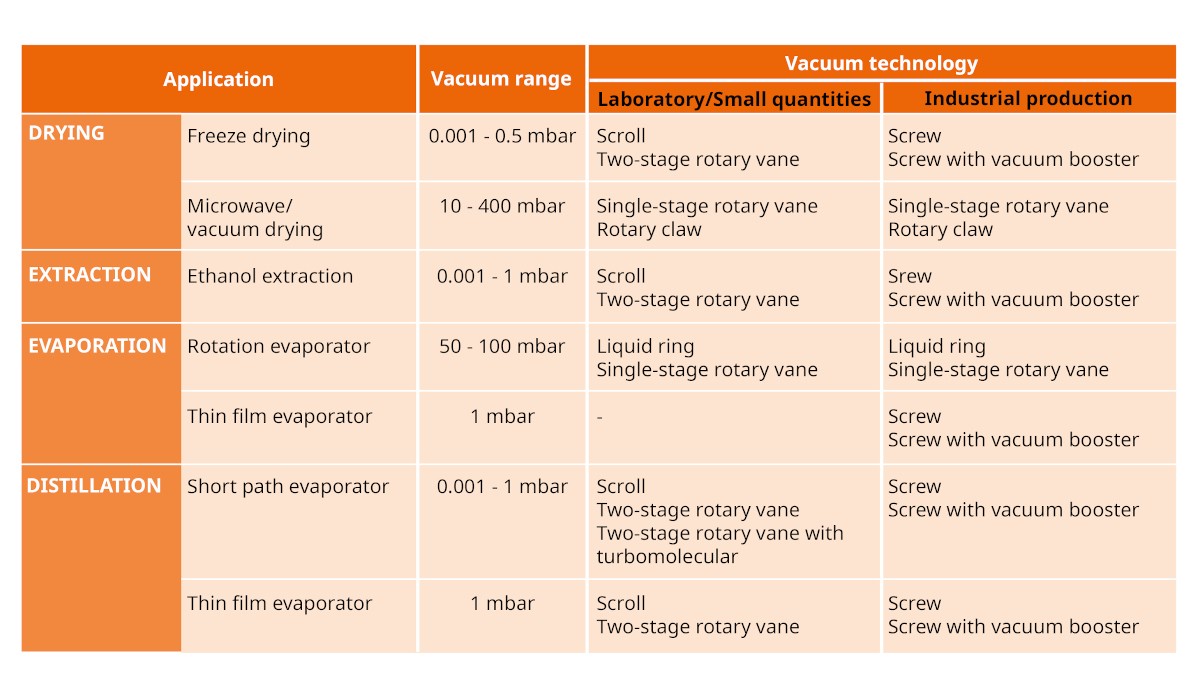
Fig. 4: Possible vacuum technologies for use in the various processes. Source: Busch Vacuum Solutions.